You can check what goes in each bin by viewing the table below.
How to recycle:
- Paper and cardboard - new recycling (blue) bag
- Glass, cans, tins and plastics - recycling (blue lid) bin
Reduce, Reuse, Recycle
The aim is to reduce the amount of waste we produce so everytime you think about throwing something away, ask yourself can it be reused or recycled.
| |
WHAT GOES IN |
NO THANKS |
|
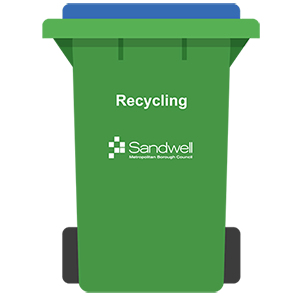
|
- Food tins and drink cans
- Glass bottles and jars
- Plastic bottles, tubs and food trays
- Empty aerosols
- Foil
|
- Nappies
- Clothes of fabrics
- Paint tins or cans
- Crisps, biscuits or sweet wrappers
- Hard plastics like furniture or toys
- DIY, garden and chemical bottles
- Plastic bags
- Polystyrene
- Drinking glasses, pyrex and glass dishes
|
|
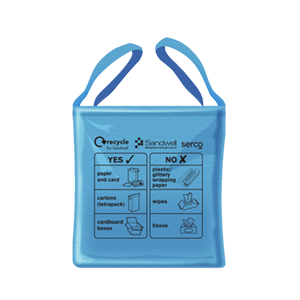
|
- Paper
- Newspapers
- Magazines
- Card
- Cardboard
- Cartons
|
- Plastics and packaging
- Polystyrene
- Tissues
- Greaseproof paper
- Glitter or foil wrapping paper
- Greeting cards with glitter or attachments
|
|
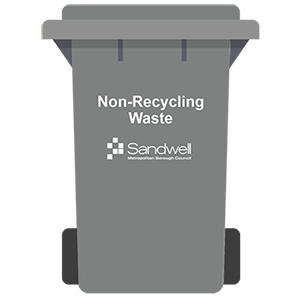
|
- Nappies
- Clothes and fabrics
- Crisps, biscuits or sweet wrappers
- Hard plastics like furniture or toys
- DIY garden and chemical bottles
- Plastic bags
- Drinking glasses, pyrex and glass dishes
|
- Items that you can recycle
- Soil or rubble
- Bulky or electrical items
- Batteries
- Gas canisters of any kind
|
|
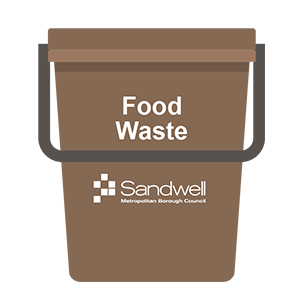
|
- Meat
- Fish/shellfish – raw and cooked, including
- Bones and shells
- Egg products (including eggshells)
- Dairy
- Bread, cakes and other baked goods
- Pasta and rice
- Beans and pulses
- Fruit
- Salad and vegetables
- Tea bags and coffee grounds
- Lard and other hard fats
- Tinned and dry pet food
- Any meal leftovers
|
- Packaging
- Cardboard
- Foil
- Glass
- Other recycling
- Garden waste
- Straw or other animal bedding
- Liquids
|
|
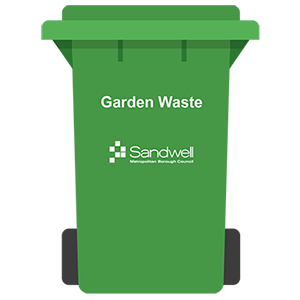
|
- Grass cuttings
- Hedge and shrub clippings
- Plants and weeds
- Leaves, twigs and bark
- Cut flowers
- Windfalls (fallen fruit such as apples)
|
- Soil, pot plant compost, turf, ash or garden chemicals
- Plastic (including plastic bags, bin liners, carrier bags or plant pots)
- Food or kitchen waste (including raw or cooked food)
- Stones or rubble
- DIY rubbish, timber or sawdust
- Animal waste or bedding
- Metal or glass
|
|
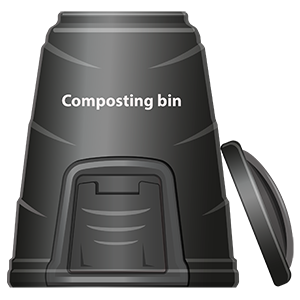
|
- Fruit and vegetable waste and peelings
- Eggshells
- Tea bags and coffee grounds
- Paper napkins, toilet rolls, paper towels and tissues
- Garden waste - dry leaves, grass cuttings, weeds, woody stems
|
- Meat, fish and bones
- Grease
- Dairy products
- Pet litter
- Large sticks and garden rubble
|









